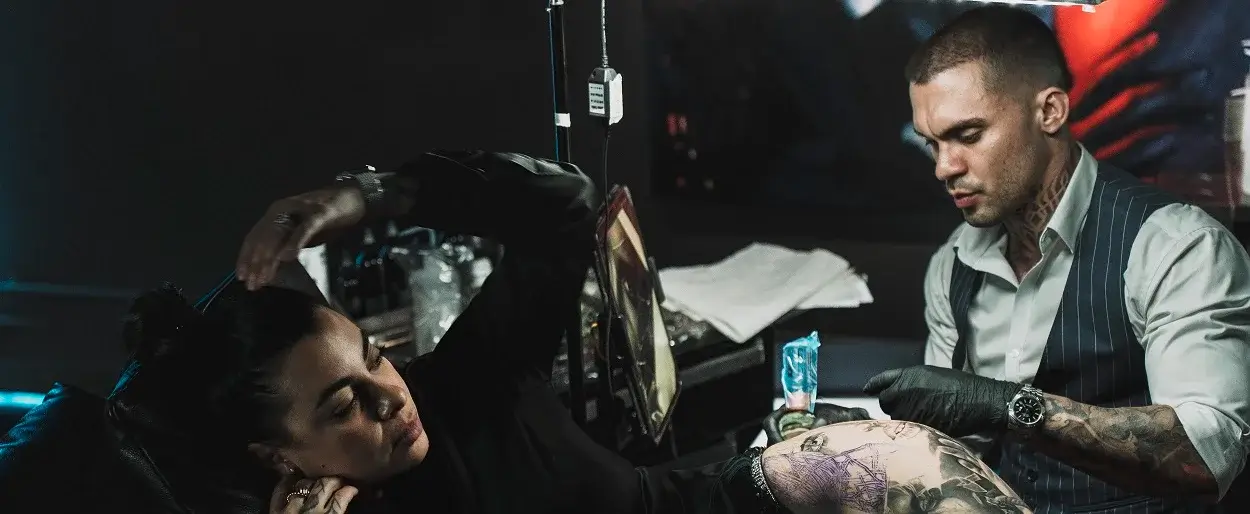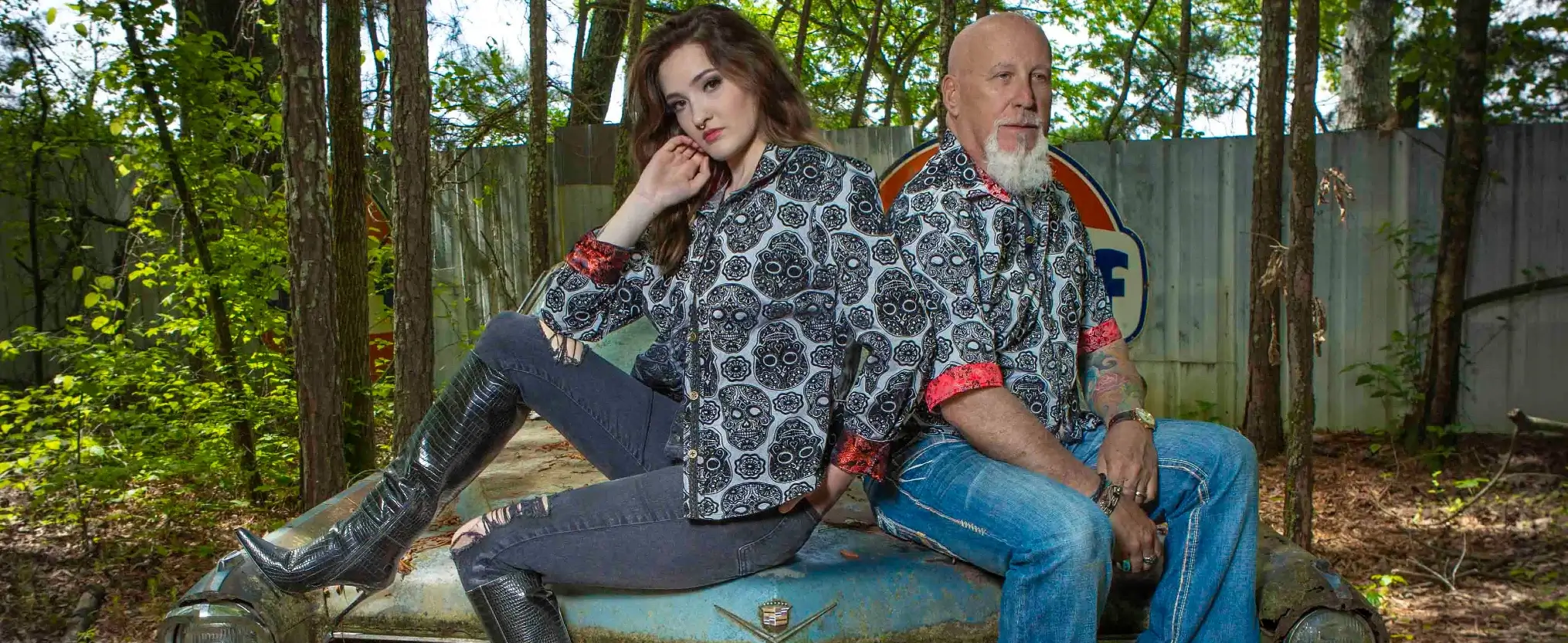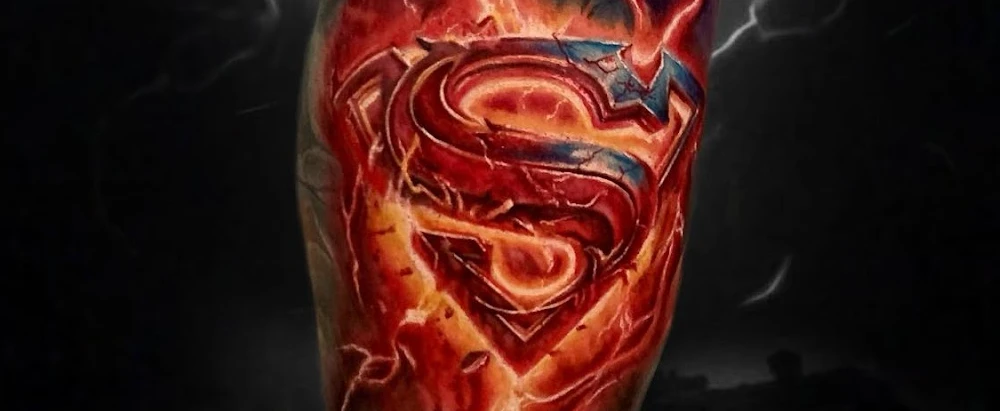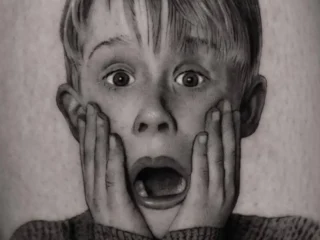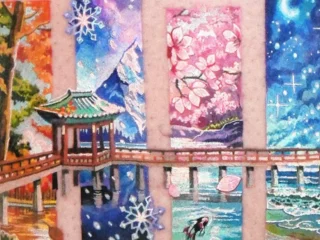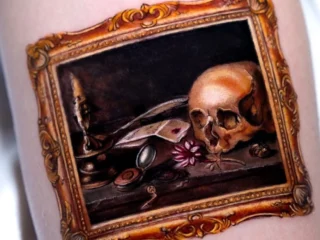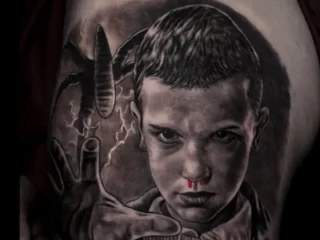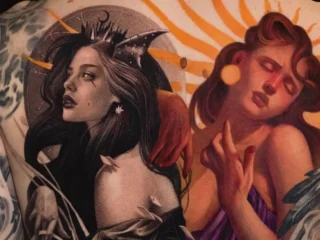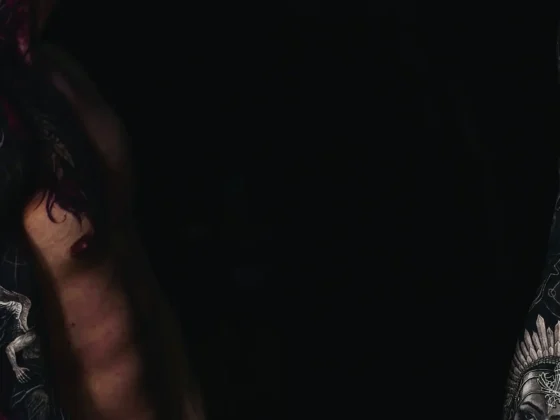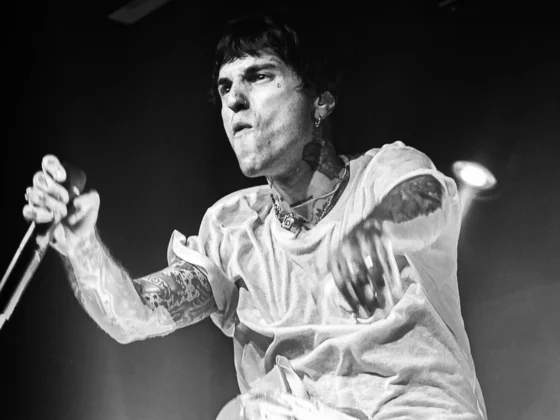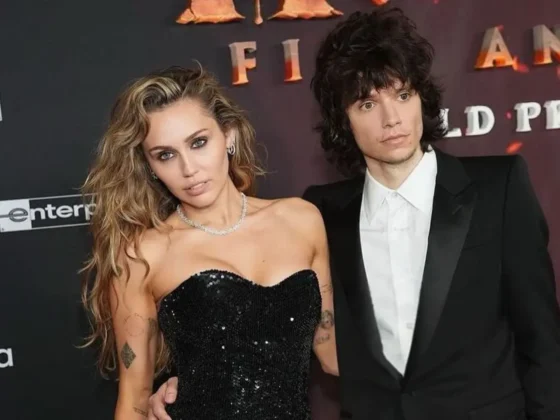Inked Mag Staff
February 17th, 2015
Finding the Beauty in Death
It wouldn’t be too much of a stretch to say that Paul Koudounaris has spent more time with the dead than with the living over the last decade. Koudounaris has…
It wouldn’t be too much of a stretch to say that Paul Koudounaris has spent more time with the dead than with the living over the last decade. Koudounaris has spent his time documenting the one thing all humans share in common—death—by photographing all of the different rituals that accompany the experience of death. His work is collected in Memento Mori: The Dead Among Us, a beautiful coffee table book filled with unbelievable pictures of the macabre. Koudounaris took a bit of time to talk to us a bit about the book, the impact his work has had on loved ones and death, of course.
First off, how did you become so intrigued by death?
First of all, I think everyone is intrigued by death. There are some theories of human psychology that claim that a sublimated obsession with death is the prime motivating force in our lives. That’s probably a bit of a reach, but I don’t see how it’s possible to not be intrigued by death, even if it’s not overt and conscious. On a personal level, for whatever reasons, that interest was always a little more obvious with me. I remember when I was a child I used to think of things that I wanted written on my tombstone, and I would tell them to my mother, “mom, can you write on my tombstone that I liked animals,” or things like that. It drove my mother nuts. Whether this has anything to do with it or not I don’t know, but there is a specific family connection.
My family was Greek, but they all lived in Alexandria, Egypt, that was a huge Greek town back in the day, and my great grandfather in fact was a grave robber. There was at one time a huge trade in what they called mumia, or mummy dust. This went back to the ancient world, it was thought that snorting the dust of ground up mummies had a curative effect, and some people were still doing this into the early twentieth century. By that time, however, you could no longer get authentic Egyptian mummies, digging them up had become criminalized, so guys like my grandfather would steal bodies from morgues or get the bodies of executed criminals, and they would take them out into the middle of the Sahara desert, cover them in tar, and then bury them in the hot sands for a year. As a boy, my grandfather used to have to go out into the desert and help him. When they dug them up again after a year, the tar would be baked onto the corpse, it would be dessicated, and it would look like an authentic mummy. They would then sell these to apothecaries who would grind the bodies up into dust and sell them—to people who would snort them up their nose. I know, it’s a crazy world.

Do you remember the first time that you saw art made of bones? Where was it? How did you initially react?
I wish I could give you a great story in answer to this question, but in truth the first time I saw art in human bone wasn’t in person–it was in a book. I remember finding an old book in the library as a young child that had a photo of the charnel house in Evora, Portugal. I used to go back to the library and pull that book out and study the picture, I was definitely intrigued by it, but there was no moment of big revelation involved—after all, remember that I had already heard stories about my own family members stealing corpses and covering them in tar.
How long were you working on this project?
I have been traveling around taking photos of these sites for ten years now. Memento Mori is the third book I have done, but the other two books were history books with pictures, so they were bordered by the way the history aspect of the material was written. Memento Mori is different in that it’s specifically intended as a photo book and it’s mean to represent what we thought was the best of all that material gathered over a ten year period.

How do people react when you tell them about the project?
Well… at this point, like I said, it’s the third book I have done on art with bones and sacred sites where human remains are preserved. By this time everyone just takes it in stride. It’s funny though, even back when I started no one ever had a negative reaction. I remember doing an interview a couple years ago with a writer who had some fundamental misconceptions about people’s reactions to this type of material. He asked me what I say to people who tell me this material is ugly or horrible or whatever, and I had to explain that honestly no one has ever said that—because these places aren’t ugly, and they aren’t horrible. They are places of beauty. And they were built to be places of hope and salvation, not places of fright or damnation. We have changed our relationship with death so much in the West in the last hundred and fifty years that we have lost that context, but I think the beauty of these places is still something that people can and do understand and respond to.

Of all of the sites that you have photographed which was the most striking? The most bizarre? The most emotional to witness?
That’s such a difficult question for me because I develop a personal relationship with these spaces as a visitor and it makes it hard to be objective. In terms of sheer beauty, I think the burial caves on Sulawesi in Indonesia are impossible to beat–they combine beautiful geology with these incredibly lovely decayed bones. I felt like the best photography I ever did was on Sulawesi, because I really responded to the combination of bones within the natural environment.
The most bizarre (well, at least to a modern visitor, there was nothing bizarre about it at the time, of course) is without a doubt the Palermo Catacombs in Sicily, where all those skeletal mummies are preserved. I always tell people that if they can only visit one such site and want the most bang for the buck, go to Palermo. It’s weird, beautiful, touching, and enormous.
The ones that are the most emotional for me are the ones where you can connect certain stories to the place or the people there. Remember, mostly these dead are now anonymous. But for instance, in Campo Maior, Portugal, there is a very beautiful ossuary chapel that was dedicated to people within the town who perished in a terrible fire in the eighteenth century. About a third of the town died, and several years later they created this chapel and decorated it with their bones in order to memorialize them and create a liminal space so the dead there didn’t have to be quite so dead. So places like that, where you can connect specific stories to remains, are always more touching to me.

What do you hope that readers get out of Memento Mori?
I have had a goal all along with this stuff. My background is in art history, I have a PhD in Art History, and my goal all along has been to re-contextualize these places and get people to see them as incredible works of art. Not to consider them as some kind of freak show, but to look at them as amazing works of art.
Have your feelings about death changed from discovering all of these traditions?
I don’t think my feelings about death have really changed. The thing that really changed were my feelings about life. There is a feeling I always have when I am standing alone in one of these places, just me and these countless generations of dead people. It’s a feeling that’s equal part connectivity and timelessness. I stand in the present, look into the past, and contemplate the future, time collapses in a kind of bubble around me. And at the same time, I become inevitably aware that we are all connected as part of a cycle of birth, decay, death (and rebirth if that’s your thing)—so no matter how different we think we are, we are all governed by the same forces and those connect all of us to one another, as well as everyone that has gone and everyone who will come. Confronting death makes all that quite clear.

What was the most challenging part of creating this project?
This probably isn’t the answer anyone would expect, but honestly the biggest challenge wasn’t money, or access, or travel, or any of these other things. The biggest challenge was an internal one within myself as an artist. I had to find a way, over ten years, to not become immune to the effect of these places. I had to find a way to keep trying to see them with fresh eyes. To explain, I learned really fast how to walk into a room full of bones and take a great looking photo. But that’s not the point, and I don’t consider just making things look good to be artistry. I wanted them to have some kind of expressive value also, expressing something about how I felt about them, about my own reaction to the encounter. That’s hard over time because eventually you pretty much have seen it all. So I had to try, every time I found a new place, to try to look at it with virgin eyes—how would I feel and how would I see this if I had never in my life been in such a place? That was the photo I wanted to take, not the photo that just made it look good, but the photo that would measure a reaction.

As you have studied death in all sorts of cultures/time periods, do you have any thoughts as to why our perception of death has changed so much through the years?
Nothing in the world, no culture anywhere, is ever stagnant, some just change more slowly than others. But western culture since the industrial revolution has changed with unbelievable rapidity. And one thing we have become is very future oriented, everything is oriented towards what we consider “progress.” We are not a contemplative society anymore. To move forward, I think we deliberately like to cut away the past as if it was an anchor. I think we have forced the dead to the sidelines as a way to free ourselves mentally of the past. There are a lot of other reasons of course, it’s a very complex question, but I think that’s the base issue. I like to say there are two ways you can consider death—as a soft border across with a continued dialogue is possible, and a hard boundary which cannot be transgressed. We in the west have definitely adopted the latter attitude, and we now think of it as natural and rational. But it’s not. If you look cross culturally and historically, they dead have always been allowed a place in society. And I think the photos in my book point that out. We’re the weird ones now with our attitude, we just don’t realize it yet.

Editor's Picks
Bridging Classical Art and Modern Tattooing
Esteban Rodriguez brings the discipline of classical fine art to the living canvas of skin, creating hyper-realistic tattoos that merge technical mastery with emotional depth.
Show Your Ink Fashions Brings Custom Style to Tattoo Culture
Show Your Ink Fashions creates custom shirts designed to showcase your tattoos as wearable art, blending fashion with personal expression.
The Ultimate “Superman” Tattoo Roundup: Just in Time for Superman’s Return to Screens
With Superman’s big return to theaters, fans are revisiting some of the most iconic ink inspired by the Man of Steel.


